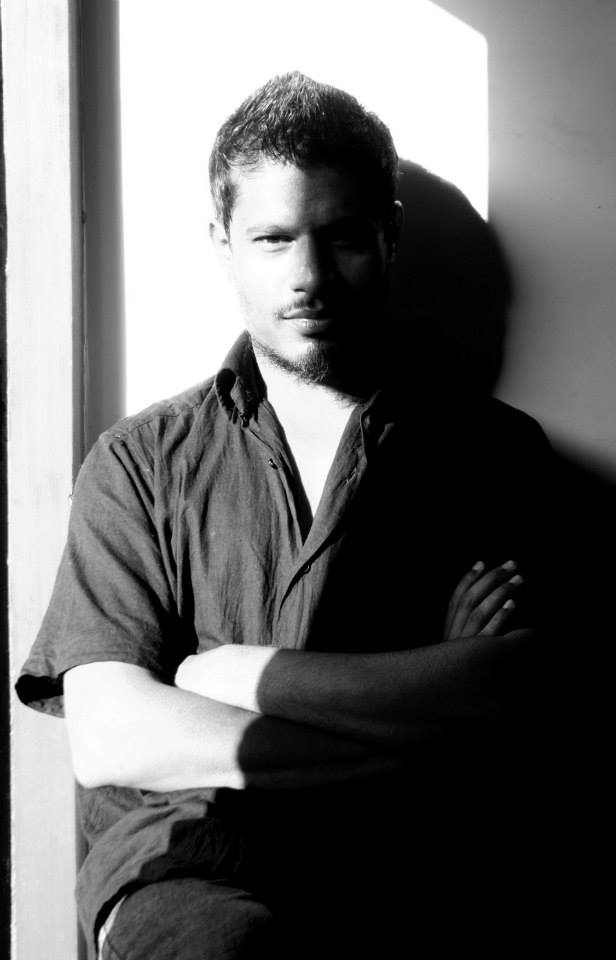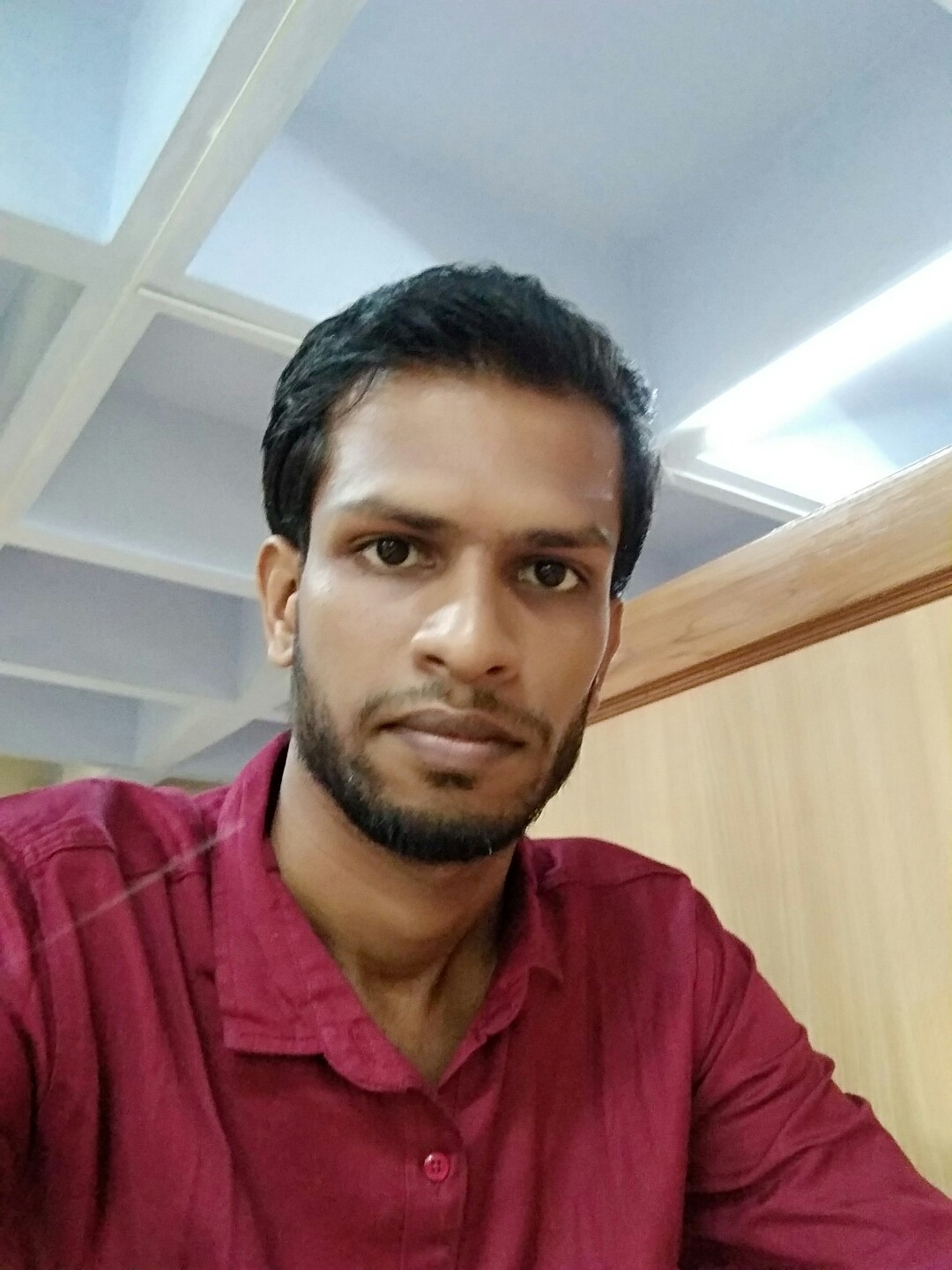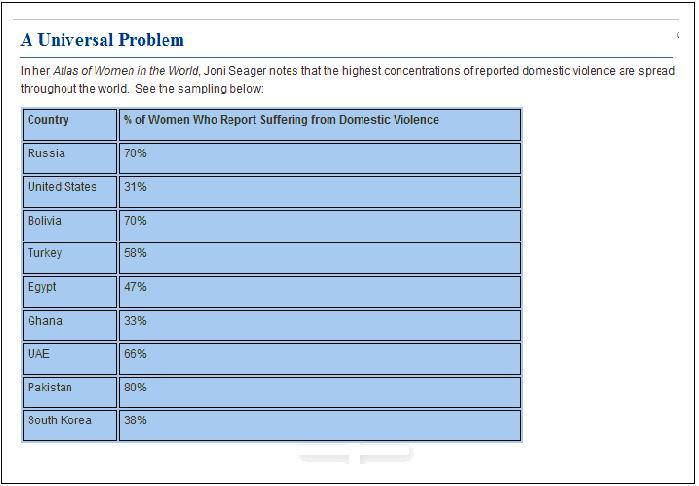Yogesh Maitreya
 Let me first declare before proceeding any further that this piece of writing is based on my experiences, observations, and reflections on caste (something that has been infused into religions other than Hinduism in South Asia) and its trajectories. These are my thoughts on how caste works and manifests itself spontaneously at a subconscious level in any interactive communication- be it love, friendship or politics. All these factors make the great blend or cocktail of caste notions, caste interactions, caste manners and the overall politics of caste in the Indian academic campuses. And I am a student in one of them.
Let me first declare before proceeding any further that this piece of writing is based on my experiences, observations, and reflections on caste (something that has been infused into religions other than Hinduism in South Asia) and its trajectories. These are my thoughts on how caste works and manifests itself spontaneously at a subconscious level in any interactive communication- be it love, friendship or politics. All these factors make the great blend or cocktail of caste notions, caste interactions, caste manners and the overall politics of caste in the Indian academic campuses. And I am a student in one of them.
The kind of education we receive in India is of the ‘banked’ variety (to use Paulo Freire’s term) and has thus failed to erase the notion of caste from our minds. It is then important to explore the trajectories of caste among student groups who are forever anxious to proclaim being liberal, especially in elite campuses (one would understand what I mean by elite campuses).
I would like here to recount an incident to illustrate my point. Once while travelling together in a local train with a fellow student, a Brahmin, said to me that ‘caste isn’t immoral/amoral but may be illegal’, when the subject of caste suddenly bubbled up in our conversation. Now his emphasis on immorality/amorality has to do with religion. He interprets religion as a personal matter and followers should be allowed to work upon its scriptural mandates. For those following Hinduism that means caste system is to be allowed as it is a matter of religious sanction. But his pretentious liberalism disguised and made him say that caste is illegal.
Since this friend was an educated boy from a well known college in Delhi, one can take a view of his ideological stand as data to understand how campuses bank heads with false and distorted information about the social facts of Indian life. After that episode with this friend, there has been no space to talk on the subject of caste between the two of us, and whenever we speak, especially about social problems, I get the sense that he seems to have forgotten that these problems have been ontologically created by the caste system in India.
To look at a different dimension of caste, I have found it very difficult to make people mention their caste. My simple reasoning behind wanting to know their caste was to see their stand on the social issues they raise. Let’s say if they are talking about poverty of people or killings in massacres, I want to know how closely do they know these people? Or are they trying to help empower people to fight with/on their own or be their own leaders? Because ultimately in newspapers, or in conference halls, I have seen that it is these students, who take the credit of being aware of these issues and problems, meanwhile the people for whom these problems remain a part of daily life, are so cleverly sidelined.
It is in this context, I once argued with a girl, a senior student of my college. As I had seen her ideological stand which seemed ‘radical’, ‘progressive’ and ‘revolutionary’ on social issues, yet I hadn’t ever heard or read her digging deep into how caste is the root of these problems. So after lots of arguments and her interpretations that were a result of my straightforward questions, she finally revealed her caste identity which, as she claimed, was a lower caste. Since I have seen the Dalit movement as a part of my upbringing and later discovered how important it is to speak against the caste system with regard to any social, economic or political power in India, my curiosity leads me to know the caste of people. It enables me to make logical conversation and communication with people.
But this above instance also can lead to a suble interpretation and that is the co-option of the Dalit-Bahujan students by forces which claim to be ‘progressive’ and ‘radical’ forces but on what ideological dimensions, they seem not to know. Perhaps because they want to include all, but tragically looking at their leadership profile it is difficult be convinced that caste does not exist there. So coming back to the point of co-option, Dalit-Bahujan fall prey to such outfits of revolution as many such groups dare not take the issues of caste. And how would they, for there is behind them a long history of other so-called progressive and radical movements in India which were inclined to social progress but never uttered a single word against caste. Annabhau Sathe, a prolific writer of Dalit origin, was one such example who was disillusioned with the Marxist movement in the last years of his life.
In the academic campus, this fact manifests itself in different ways as I have mentioned in one of my previous articles on Round Table India (‘Caste, Campuses and Contradictions’). To quote from that article:
“This idea of the campuses as public domain comes under further scrutiny, for example, when a ‘Beef festival’ is violently thwarted and becomes a matter of contempt for Brahminical ideologues. But on the other hand, no one raises any question on the celebration of festivals like Holi which are built on notions of contempt towards Dalit existence and celebrates their defeat. The religiosity of celebration of festivals within the ‘public domain’ not only mars the secular spirit of campuses but it also creates a sense of humiliation in Dalits and adivasis, who form a minority there with their distinctive cultural identities.”
In this context, a few months ago, a Dalit student from the north Indian state of Haryana (where Dalit movement is still grapples with matters of existence) formed an alliance with forces which were stigmatising the food habits of Dalits and tribals, without having any basis for the cultural study of food habits. He fought vehemently favouring the side of forces who were opposing beef and pork eating habits of Dalit/tribals. As he comes from Haryana, one of the states where the anti-caste movement has no remarkable presence, his case must be understood in the context of the lack of consciousness about anti-caste movement. Therefore it should seen that he had been victimised by fanatic/fundamentalist forces which foster an antithesis to Dalit/Bahujan existence in campuses.
In such hegemonic spaces, interaction with friends seems superficial if we discuss social problems, as the factor of caste is always undermined in their discussions. This also creates the deficit in forming friendships as most of the Savarnas, as I observed, form caste groups when it comes to sharing intimate friendships. The Hi(s) and Hello(s) sort of interaction is very common between them and Dalits but such interactions do not develop into intimate friendships in which one could share personal epistemology of caste matters with reference to life, or even if it takes place, it happens in the rarest of the rare cases. In most of the groups, where they can be seen always lingering together, the commonly shared element is their caste, as I observed.

Love as the most intimate emotional inclination of human beings also develops on caste trajectories in most of the cases in the campus spaces. And even if a love bond is developed or formed between a Dalit-Savarna (or for that matter, between any two different castes) it rarely reaches the stage of matrimony which would allow different caste experiences to be mixed and hence dilute hegemony of caste notions.
Then there comes the data-seeking friendship from the Savarnas who want to study Dalit imaginations about life so that they would learn something about it. So if somebody wants to do an assignment on the poetry of Dalit writers or wants to study the Dalit movement, they would come, talk to you, ask you things and give an impression that they are your friends. But as soon as their data is collected with the help of Dalit narratives, they would exit the friendship and offer Dalits the sense of othering.
Later these people will write on caste-issues, research on it, publish articles and possibly appropriate the Dalit data and imagination, completely ignoring and erasing the fact that they also belong to particular castes which belong to the category of oppressors. Rather than digging and excavating the evil roots within their caste spaces they tend to research or write on the category of the oppressed, presuming that by this way, subconsciously, they can conceal their inner guilt which would explode by digging in-depth into their own caste spaces. Also, by doing this they want to show that they are progressive and radical.
Concluding remark by my Dalit-self
Campus is the space in which caste has attained new forms to manifest itself. These forms can be seen in interactive activities between Dalit-Bahujan and Savarnas or oppressed and oppressors. Love, friendship, and politics between students is formed on the politics of the subconscious that stems from respective caste-locations. As Dalit-Bahujan students form a numerical minority in such elite campuses, their experience with majority groups leads to them developing a sense of being exploited, sooner or later, depending upon their efforts to think on it reflectively. And it would be a mistake to think that in such spaces/campuses, caste doesn’t exist, or that it has been diluted. In my view, caste in campus reveals itself much clearly through love, friendship and politics.
~~~
Yogesh says:
My name is Yogesh Maitreya. I am from Nagpur. I am doing my M.A in Criminology and Justice (2013-15) from TISS (Tata Institute of Social Sciences, Mumbai).
Cartoon by Unnamati Syama Sundar.










